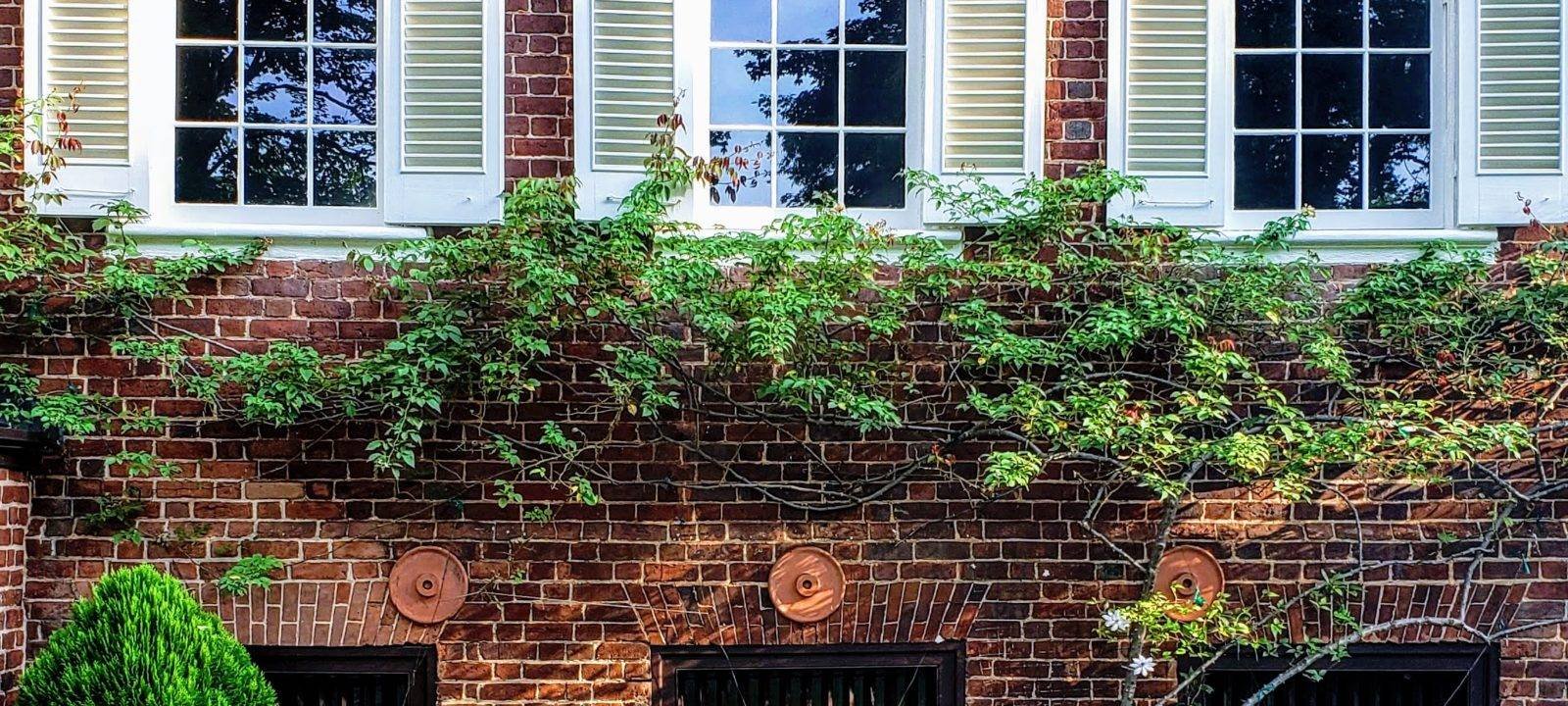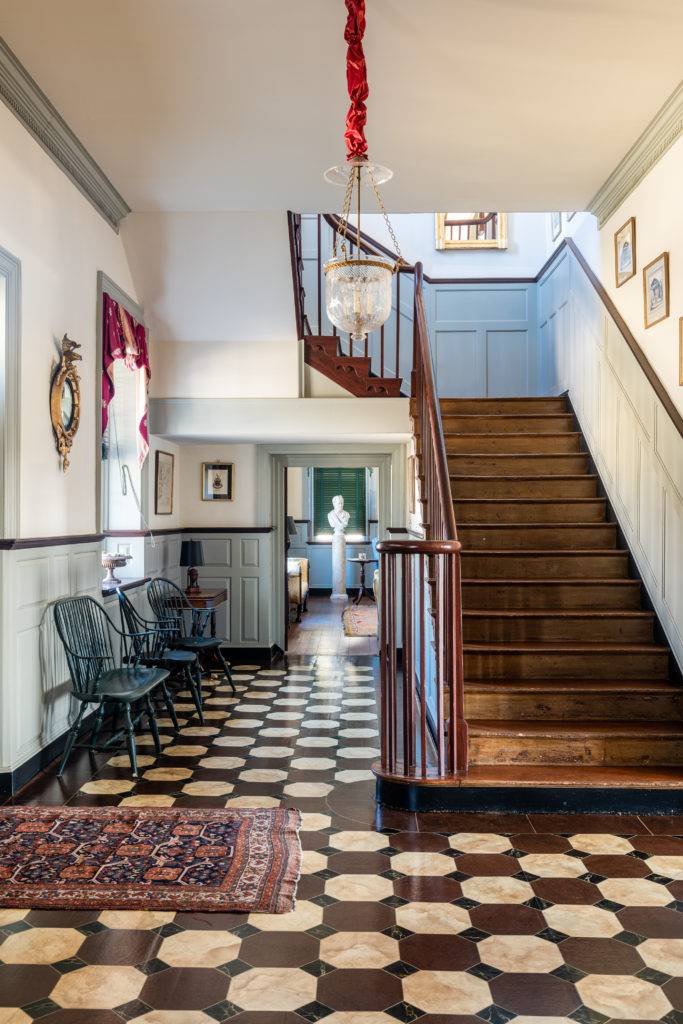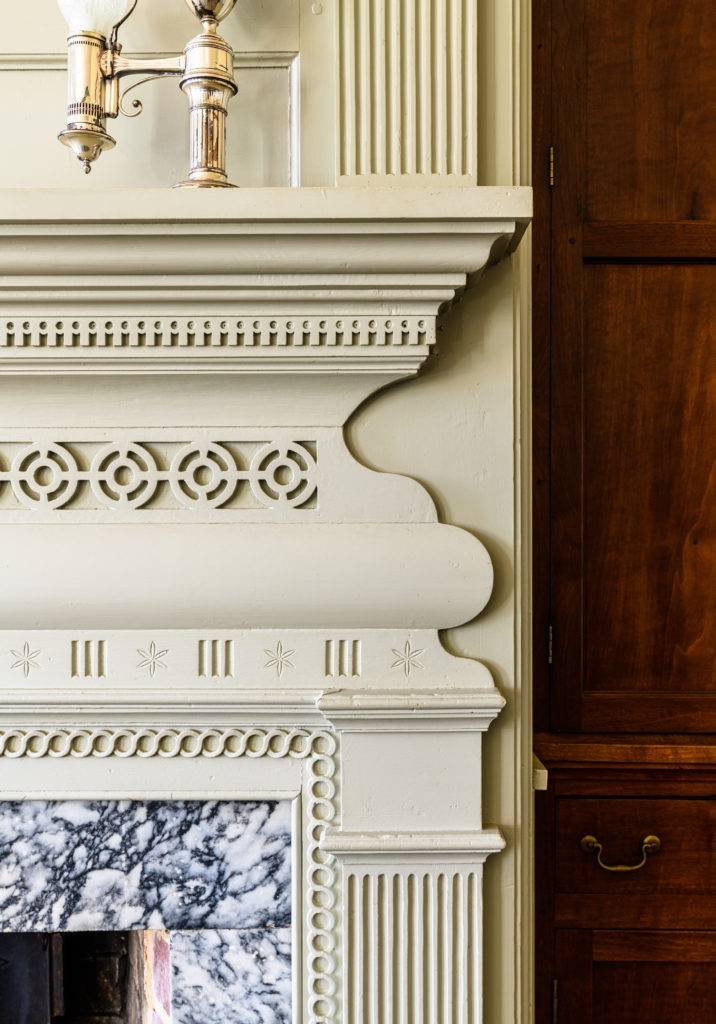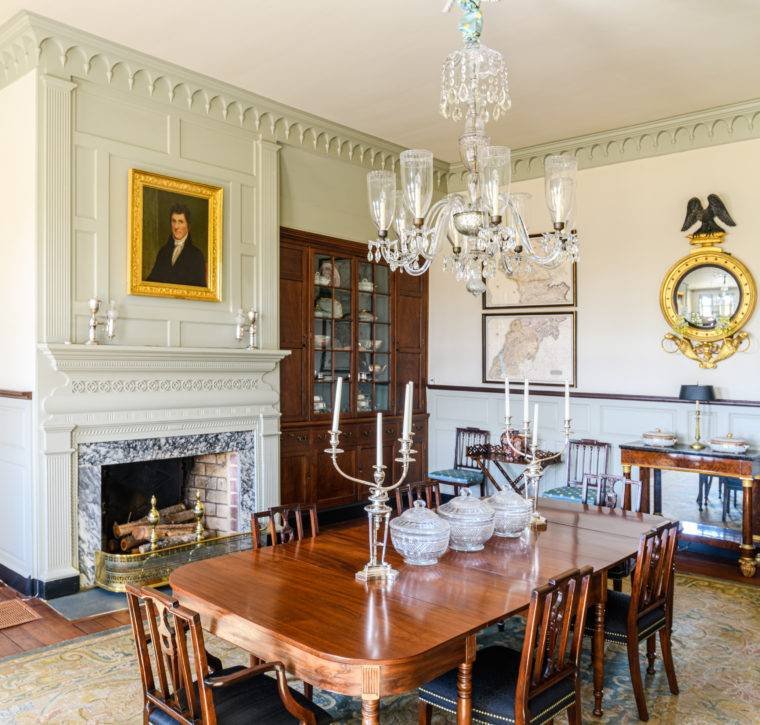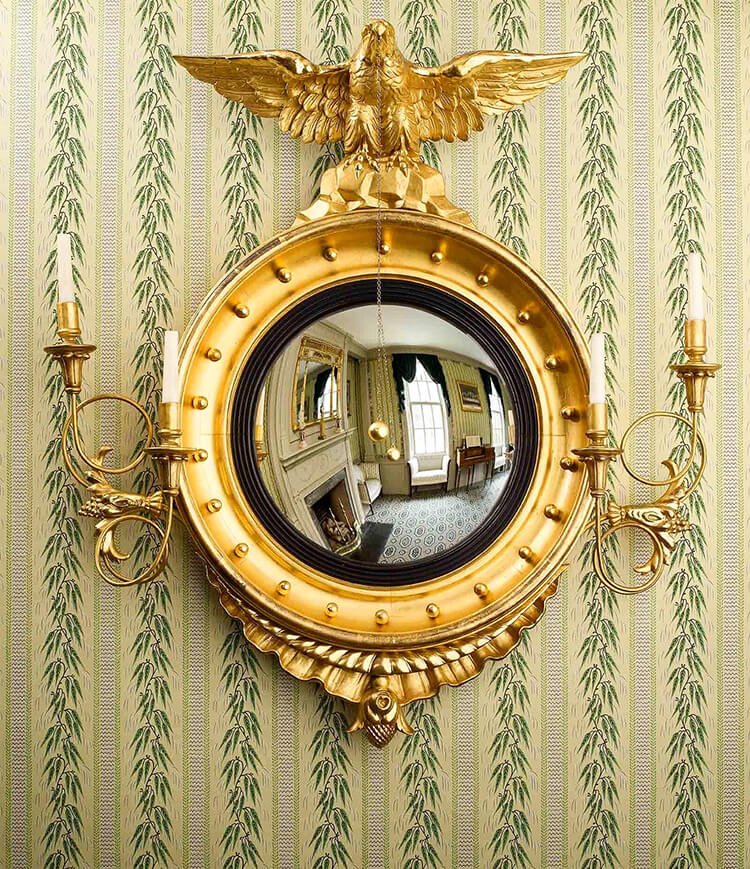Ayr Mount
HILLSBOROUGH, NORTH CAROLINA
19th CENTURY AMERICAN CLASSICS
A Piedmont Showpiece
When Ayr Mount was built in 1815, it was like nothing around for miles: a grand brick house in the North Carolina Piedmont that cut a startling figure in a region dominated by modest wooden dwellings. Built for William and Margaret Kirkland and their large family, its construction began following William’s visit to his former home in Ayr, Scotland. Upon his return, he set about building a house commensurate with his new stature as a leading merchant of Hillsborough, North Carolina, with retail stores that brought worldly goods to his hometown.
Location: Hillsborough, North Carolina
Date: 1815
Owners: William Kirkland & Margaret Scott Kirkland; John Umstead Kirkland & Elizabeth Simpson Kirkland (1839); John U. Kirkland, Jr. & Hattie McLaren Kirkland (1883); Samuel Simpson Kirkland (1908); Richard H. Jenrette (1985); Classical American Homes Preservation Trust (1993)
Builders: John J. Briggs (carpenter), Collier (mason), Elhannon Nutt (joiner)
Designations: National Register of Historic Places
The site of Ayr Mount has long been connected to the wider world. A colonial-era road that connected Petersburg, Virginia, to the lower southern Piedmont is still visible on the site, cutting through a corner of the property near its entrance. This road follows a trail long used by Native Americans traveling north and south.
Ayr Mount was a large working farm of more than 500 acres. Regrettably missing from the landscape today are the multiple domestic outbuildings that would have provided essential support for the house and grounds, including a kitchen-quarter, smokehouse, dairy, well, and a barn.
Kirkland relied on enslaved labor for the harvesting of crops, care of livestock, and work within the household. The inventory taken after his death in 1836 indicates that he owned twenty enslaved individuals, some of whom worked at his store, tannery, and other mercantile establishments in town.
The construction of Ayr Mount marked a high point in the prosperity of the Kirkland family, who owned the property until they sold it to Richard H. Jenrette in 1985.
Under Jenrette’s ownership, he employed a team of preservation specialists to conduct investigative research to identify Ayr Mount’s original paint colors and décor. Jenrette and Thompson also returned more original furnishings from the Kirkland family.
As a consequence, it remains a remarkably intact specimen of early nineteenth century architecture.
Want to visit Ayr Mount?
Join us in our work to study the history of American classical design. Participate in upcoming educational programs and events.
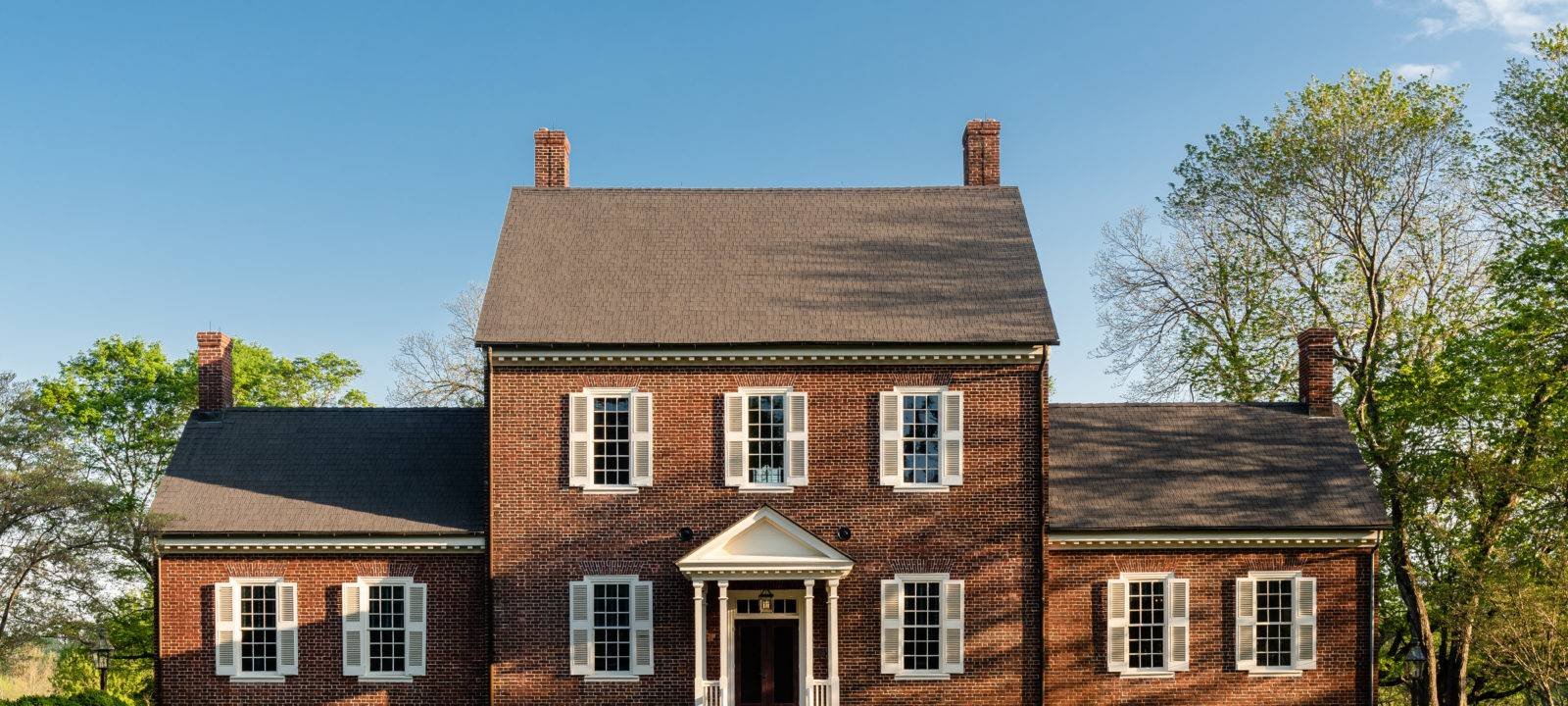
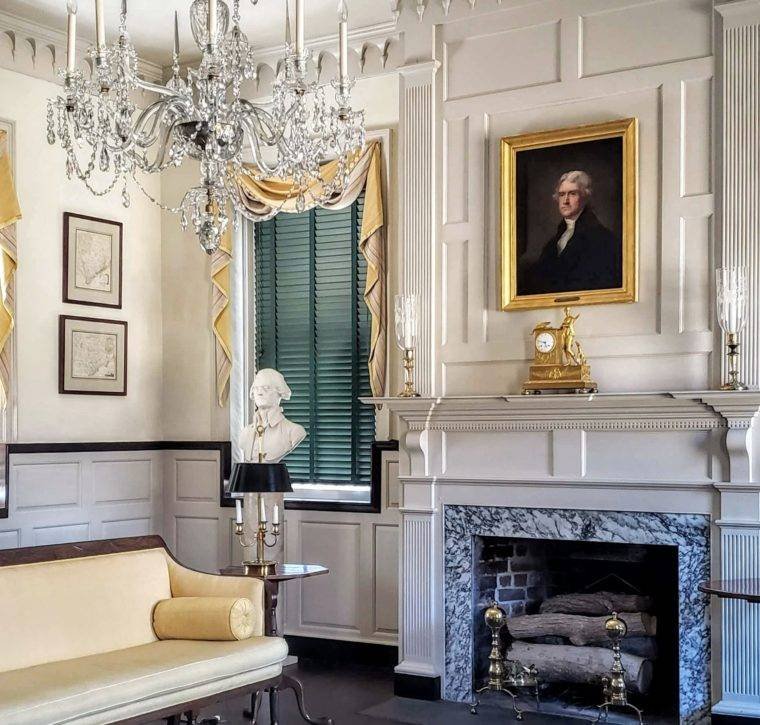

19th CENTURY AMERICAN CLASSICS
The Makers of Ayr Mount
William Kirkland sought many of the most accomplished tradespeople in Orange County for his ambitious house, and he found them. As a trade, brick masonry was in its infancy in this region in the 1810s. Perhaps this accounts for scanty mention of the brick mason William Collier both before and after his work at Ayr Mount. It is tempting to suppose that he is the same mason named William Collier who spent most of his later years in Madison County, Kentucky. Before Orange County established a regular demand for high-quality brickwork like that at Ayr Mount, masons were oftentimes, by necessity, on-the-move.
The architect of Ayr Mount, if there was one as such, is not named in Kirkland family papers. Remarkably, however, William Collier and another builder are. And we can identify a third due to his involvement in similar projects in the region. This trio of tradesmen who gave Ayr Mount its form are William Collier, the brick mason, John Joyner Briggs, who built the stair and the wainscoting, and Elhannon Nutt, who was responsible for much of the decorative joinery in the house, including its inventive mantels.
THE HISTORY AND MAKERS OF AYR MOUNT
While the larger group of craftspeople who built Ayr Mount remains anonymous, it likely included many of the same people who built Duncan Cameron’s Fairntosh nearby.
Records prove that Cameron employed Collier, Briggs, and Nutt as well as the Fort family of carpenters and Henry Gorman, a local plasterer.
This larger group were involved in some of the Carolina Piedmont’s most important building projects in the early nineteenth century.
Kirkland’s letters concerning the project reveal another difficulty in building ambitiously. He worried he was being fleeced by tradesmen, fretted over the ways they calculated their estimates, and grumbled over what he regarded as overages.
Ever the watchful merchant, he saw no reason to pay a premium for rubbed and gauged jack arches over his windows.
